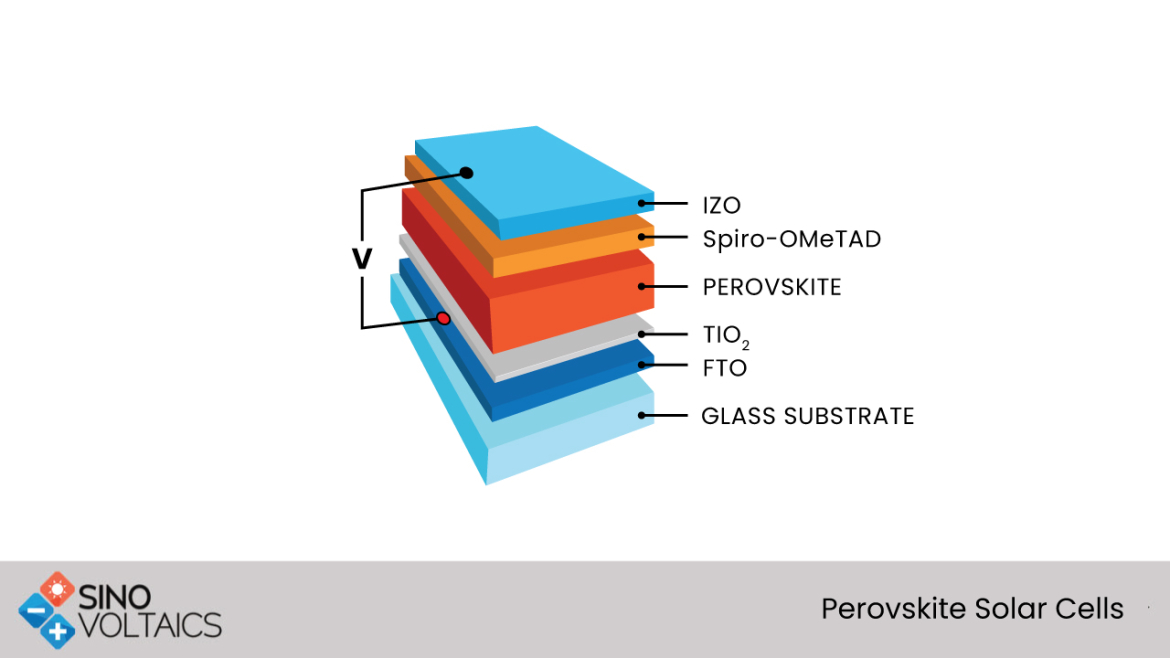Degradation of Solar Cell Performance Due To Microcracks
CZTS Solar Cells
Float Zone Silicon Cells (FZ)
Different Wafer Sizes
Photoelectrochemical Cell
CIGS solar cells
Luminescent Solar Concentrator Cells
Solid State Solar Cells
[...]
 Perovskite solar cells under researchNow there are good tidings from the east and the west. US National Renewable Energy Laboratory (NREL) and Shanghai Jiao Tong University (SJTU), China, have worked together to devised a new method of making perovskite solar cells more efficient, more reliable, and with higher reproducibility. For this purpose they used the Ostwald ripening process that involves dissolving small crystals and then re-depositing them onto larger crystals. The solvent they used is methyl ammonium tribromide (MABr) solution.The process was able to remove the small defects in the crystal structure and increase the average crystal size. As a result the process improved the conversion efficiency. The team took untreated cells with an efficiency of about 14 per cent and treated them with the Ostwald ripening process. The resultant product showed an efficiency of 17 percent, a solid jump of three percent. Stability also improved as a result of this process.Further gains in efficiency and stability are likely to make the perovskite solar cell the star of the near future.
Perovskite solar cells under researchNow there are good tidings from the east and the west. US National Renewable Energy Laboratory (NREL) and Shanghai Jiao Tong University (SJTU), China, have worked together to devised a new method of making perovskite solar cells more efficient, more reliable, and with higher reproducibility. For this purpose they used the Ostwald ripening process that involves dissolving small crystals and then re-depositing them onto larger crystals. The solvent they used is methyl ammonium tribromide (MABr) solution.The process was able to remove the small defects in the crystal structure and increase the average crystal size. As a result the process improved the conversion efficiency. The team took untreated cells with an efficiency of about 14 per cent and treated them with the Ostwald ripening process. The resultant product showed an efficiency of 17 percent, a solid jump of three percent. Stability also improved as a result of this process.Further gains in efficiency and stability are likely to make the perovskite solar cell the star of the near future.